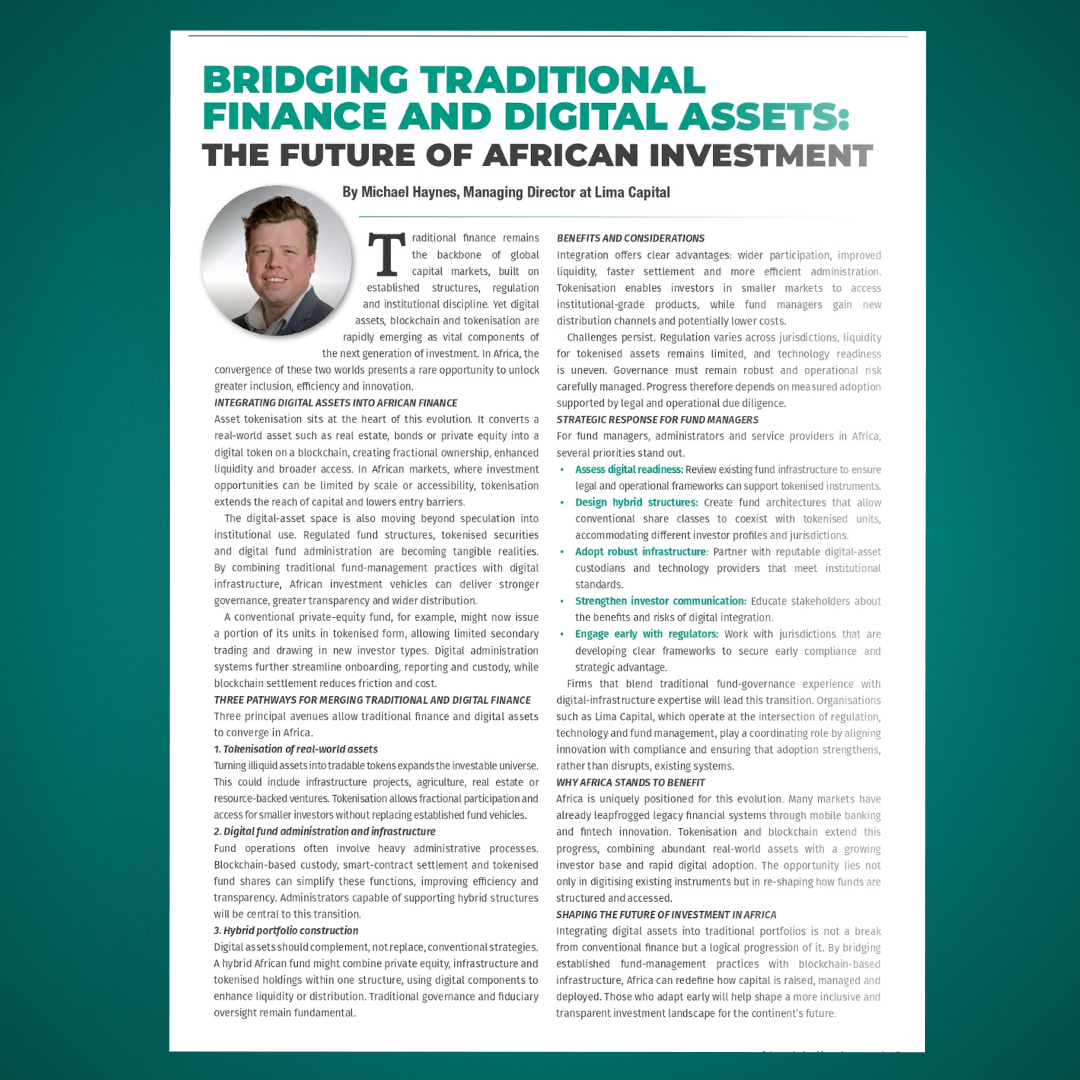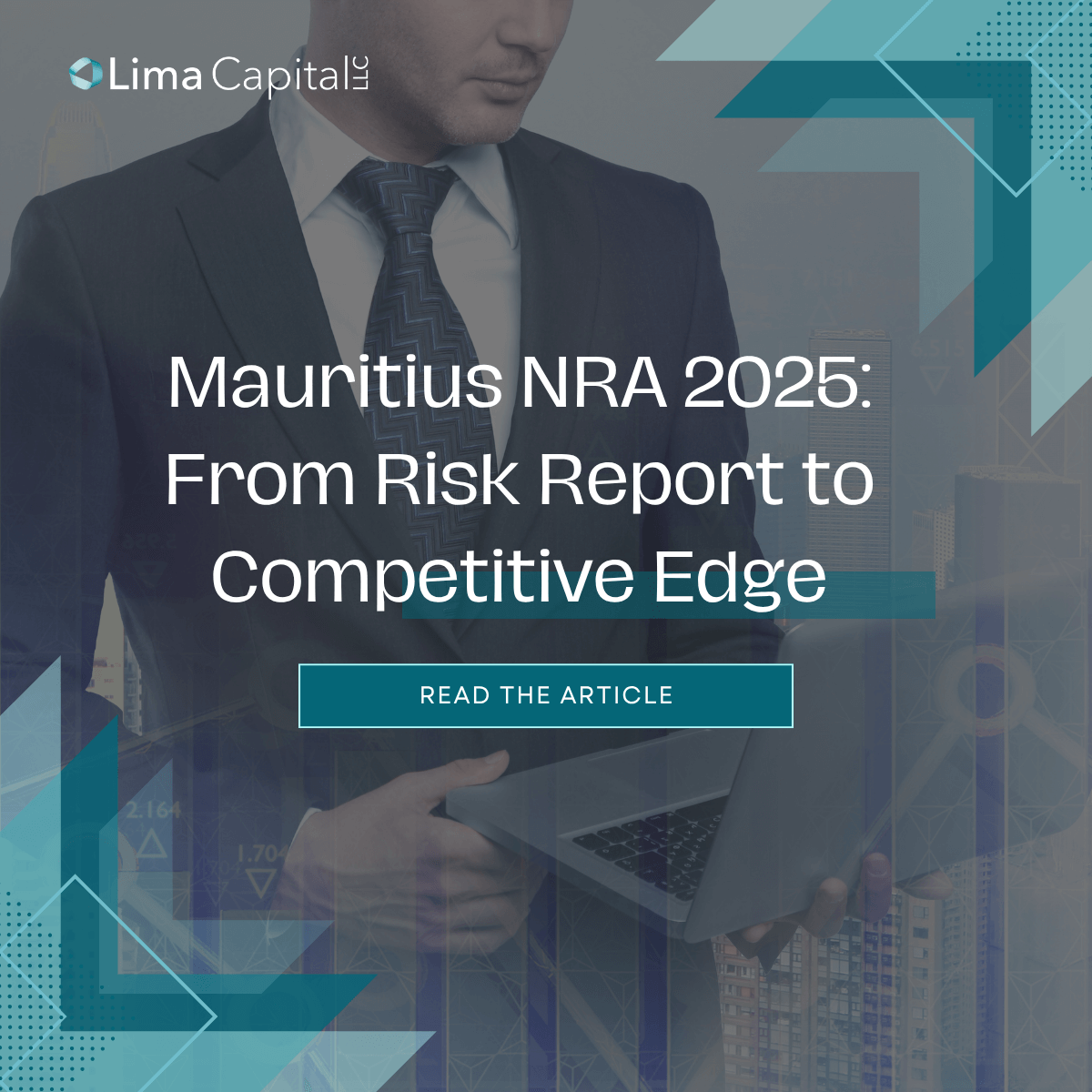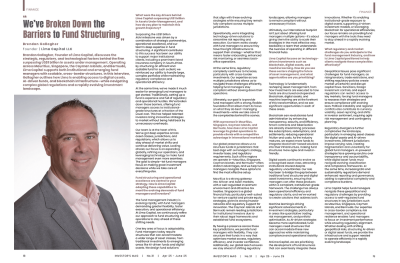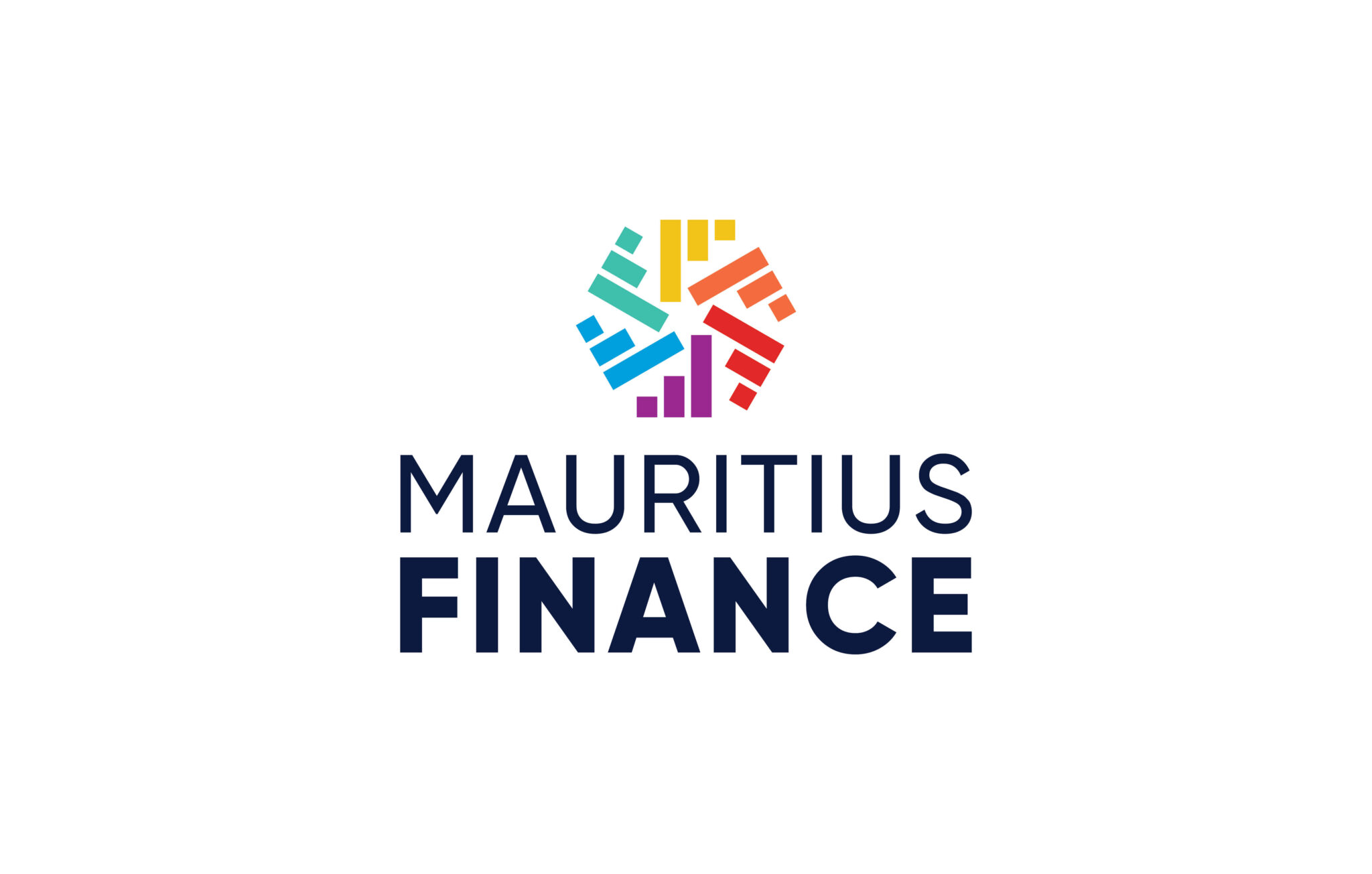Understanding the intricacies of Fund Operations: An Overview
Running an investment fund is no longer simply a matter of picking securities. Twenty-first-century managers must orchestrate an ecosystem of administrators, custodians, brokers, data vendors, regulators and critically, investors who expect institutional-grade processes from day one. Against this backdrop, even talented fund managers can find their strategy compromised by operational mis-steps ranging from late NAV strikes to incomplete tax disclosures.
The Role of an Operations Focused Investment Management Partner
An effective Fund Structuring Partner bridges the gap between the portfolio manager’s investment vision and the complex web of infrastructure, regulation and governance required to deliver that vision to investors. Unlike a traditional fund administrator, whose remit is largely record-keeping, an Fund Structuring Partner is mandated to design, license and supervise the entire operating model: selecting jurisdictions, building the governance framework, appointing service providers and liaising with regulators.
Lima Capital already holds both a CIS Manager and Investment Adviser licence from the Mauritius FSC, so we shoulder the structural and compliance burden that can distract an investment team. This allows us to form and license fund vehicles end‑to‑end, provide discretionary or advisory portfolio input when required, and oversee ongoing compliance across jurisdictions. In turn, portfolio managers are free to focus fully on research, risk and returns, confident that governance, licensing and cross‑border obligations are expertly managed.
Key Responsibilities of a Fund Structuring Partner
| Phase | Illustrative tasks | Value delivered |
| Design | Jurisdiction benchmarking; entity modelling; economic-substance mapping | Ensures cost-efficient domicile and robust tax stance |
| Set-up | Licence applications (e.g., CIS or VCC), prospectus drafting, board recruitment | Cuts time-to-market and regulator re-work |
| Implementation | Vendor due-diligence, operating memoranda, AML/KYC playbooks | Creates a “plug-and-play” control environment |
| Ongoing oversight | Board packs, risk dashboards, FATCA/CRS filings, audit liaison | Maintains compliance and investor confidence |
How the right Partners can Enhance Investment efficiencies and returns
By handling licensing and regulatory liaison at the outset, Lima Capital shortens the journey from concept to first close, so capital can begin compounding sooner. Our standardised middle‑ and back‑office processes reduce operational errors and re‑work, helping to keep non‑investment costs in check. We coordinate the engagement with a recognised audit firm and supply the documentation they need to perform the review. Likewise, our governance framework is designed with future growth in mind: adding a new share class or setting up a feeder fund still requires board approval, updated offering documents and, in some cases, regulatory notice, but it does not force managers to rebuild their entire operating model. In this way, the fund can scale efficiently while maintaining a consistent control environment.
Common Challenges in Structuring Investment Funds and How to Address Them
Even experienced managers hit practical snags, but a good structuring partner spots them early and steers the fund around them:
Choosing the wrong jurisdiction
Headline tax rates can look tempting, yet a domicile’s substance rules and global reputation matter just as much. Side‑by‑side comparisons of tax treaties, regulatory culture and investor perception lead to better‑grounded decisions.
Stalled licence applications
Regulators quickly flag policies that are incomplete or boards whose expertise is thin. Well‑prepared policy packs and a bench of pre‑vetted directors keep the process moving and spare everyone costly re‑work.
Disjointed service providers
When administrators, custodians and technology vendors operate in silos, gaps and overlaps inevitably appear. A competent structuring partner weaves these providers into one cohesive service framework, aligning service‑level agreements and data hand‑offs from the outset so every party knows precisely where it fits and no critical tasks fall through the cracks.
Choosing the Right Partner
When you size up a potential structuring partner, start by checking where it is licensed: you want a blend of on‑shore and offshore permissions that matches the investors you plan to attract. Next, gauge cultural fit, early calls will reveal whether the firm reinforces, rather than reshapes, your investment philosophy. Ask for concrete proof of experience: real case studies detailing strategies, fund sizes and regions, so you can judge track record on facts, not brochure copy. Make sure its technology, from investor portals to risk dashboards, can plug into your own systems without months of custom coding. And always look at the firm’s regulatory record; a clean history, free of enforcement actions, is your best safeguard against reputational and operational risk.
The Future of the Investment Landscape: Trends and Innovations
Tokenised fund interests. Tokenisation is fast leaving the pilot phase. BlackRock’s USD Institutional Digital Liquidity Fund (BUIDL) reached US $2.9 billion within three months and, after regulatory sign‑off, is now accepted as collateral on major venues such as Crypto.com and Deribit, helping traders post margin while their tokens continue to earn yield. Industry data show the tokenised‑Treasury market is almost 400 % larger than a year ago. As demand grows, fund documents, custody models and settlement workflows all need to be re‑engineered for on‑chain issuance and T+0 transfer. A structuring partner must therefore negotiate wallet‑level AML/KYC, ensure prospectuses accommodate digital‑asset risk factors and secure regulator comfort on secondary‑market trading.
AI‑assisted compliance. Artificial‑intelligence screening tools are now flagging suspicious transactions in real time, cutting false‑positive rates and manual follow‑ups. Moody’s 2025 anti‑money‑laundering survey notes that leading firms have already embedded AI into sanctions filtering and beneficial‑ownership checks, but only after mapping the technology into clearly documented control frameworks. A partner’s job is to vet those tools, embed them in written policies and demonstrate to auditors that human override and model‑risk testing remain in place.
Tighter ESG and marketing disclosure. Regulatory focus on “green‑washing” continues to intensify. The UK’s anti‑green‑washing rules took effect in December 2024, while the EU’s ESMA naming guidelines and fast‑track fund‑renaming process reach their final compliance deadline in May 2025. Quarterly reviews of ESG data pipelines, down to carbon‑emission methodology and Board‑level sign‑off, are quickly becoming the norm. A structuring partner must embed these reporting standards from day one, ensuring that impact metrics flow cleanly from portfolio companies through administrators to the fund’s own disclosures.
Why it matters. Each of these developments adds complexity: smart‑contract settlement, algorithm‑driven surveillance, or audit‑ready ESG data sets. The right partner translates headline innovation into compliant practice, updating fund documentation, governance policies and service‑provider SLAs, so managers can adopt new tools without jeopardising regulatory certainty or investor confidence.
Conclusion: The Value of Partnering with a professional Investment Manager
A professional Fund Structuring Partner does more than “keep the lights on”. By engineering a compliant, scalable operating model and absorbing the daily mechanics of governance, the partner frees portfolio managers to focus on what drives performance. In an environment of tokenisation, AI and ever‑stricter disclosure rules, that operational edge becomes a decisive competitive advantage, one that firms like Lima Capital are designed to deliver.
Ready to build a fund that runs as smoothly as it performs? Speak with Lima Capital’s structuring team today and see how our dual‑jurisdiction platform can accelerate your launch and safeguard long‑term growth.








